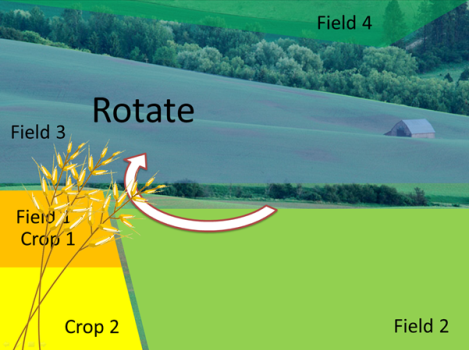Paul Maslowski is the Information Manager at a Comprehensive Local Research Network and a member of the virtual Business Intelligence Unit at the NIHR CRN. Paul has a unique view of data in the NHS and in particular in the research environment and has provided a guest blog this week that is well worth a read…
Since early 2008 I have been the Information Manager for Leicestershire, Northamptonshire and Rutland Comprehensive Local Research Network, a part of the National Institute for Health Research. Having moved from data generation through data management in to information management, I have questioned what creates these areas of operation. Sitting here in 2014, the question for me now is what distinguishes information management from business intelligence management? This is because I want our team to provide an intelligence service which fully supports our business. However, it feels like a stepping-up in the way we operate is required in order to provide a consistently high-quality business intelligence service.
So, what differences are there, if any, between Information Management and Business Intelligence Management? Or maybe, more simply, what is the difference between Information and Intelligence?
Having used various models to try and answer this, I was thinking of Professor Stephen Hawking’s fields of probability radiating in to nothingness pre-Big Bang when I came up with ‘Fields of Possibility’. See what you think of this as an analogy…
Let us consider a data item. In this case, an ear of wheat. This ear of wheat has various parameters including height at a particular point in time. So we may consider an ear of wheat as a small dataset.
A larger dataset, therefore, may be a sheaf of wheat.
An extended dataset could be a crop in a field.
However, large fields may contain a number of crops. In which case, we could argue that the field contains a large amount of information which we can analyse and manage.
For the sake of the analogy let us consider that extended information is a number of fields on a farm.
The next stage up from this is where I feel intelligence starts to appear – a point where we are able to consider the farm in its entirety. This is powered by the connections/communication paths between the fields of information. This I split in to two types – internal paths and external paths.
Internal intelligence looks at the enablers for the information, the roots if you like! This could include soil quality, crop yields and, therefore, the return on investment (ROI) and maybe the ability to rotate crops over time.
External intelligence is where things get really interesting. This is where we start to empower the information to the point where we can start to make predictions as well as asking ‘What if’ questions. We have always been able to ask these questions but if we have no intelligence to back them up, it is quite possible that we take the wrong path through ignorance. However, if the farm allows us to back up our questions with real life (and ideally real-time) evidence, we can ask intelligent questions. More fundamentally, however, is the ability to get intelligent answers back.
What if we bought neighbouring fields? What would happen to our ROI then? What if we put a bridge across the river to the field we have always struggled to really utilise properly? If we did, how soon would we recoup the costs and so on.
So, the fundamental question is: by throwing more data at a problem, do we get an intelligent outcome? I feel that this is the same question about taking an almost infinite hard drive and putting more and more data on to it. In time, will it become conscious? Not in and of itself. However, by connecting larger data sets holding more information in an intelligent manner we may get closer to an intelligent result. This after all is what would suit our business better. So, now my question is, what paths can I create across the farm to gain the greatest intelligence? Using this approach I cannot help but feel that there are no limits to the fields of possibility…
Find out more about Paul at – Linkedin Profile
